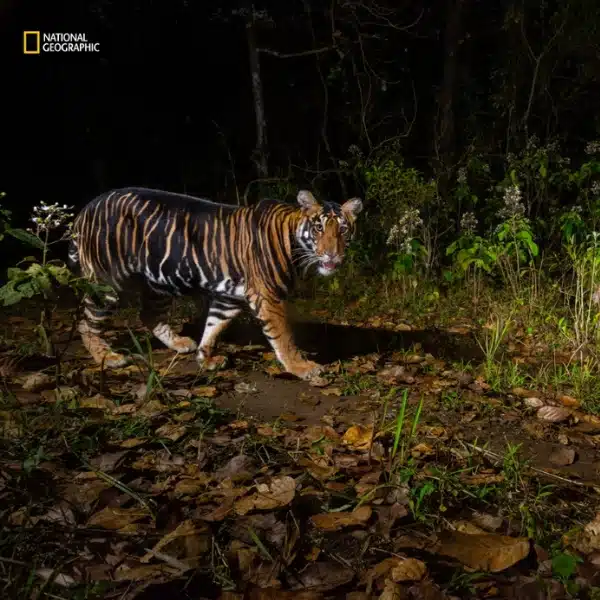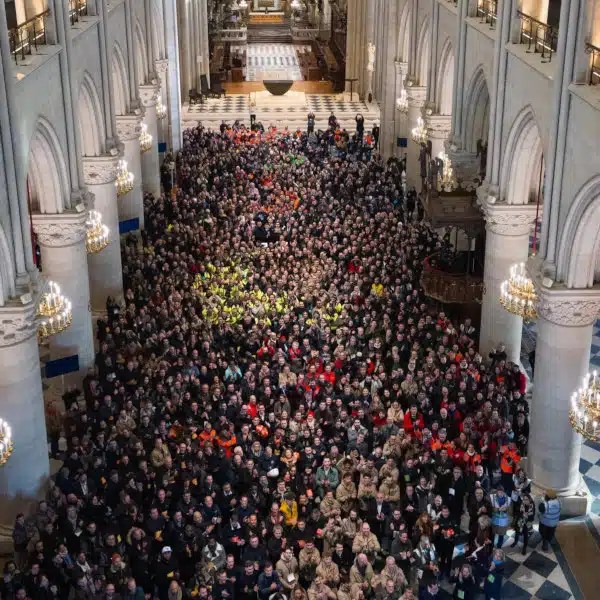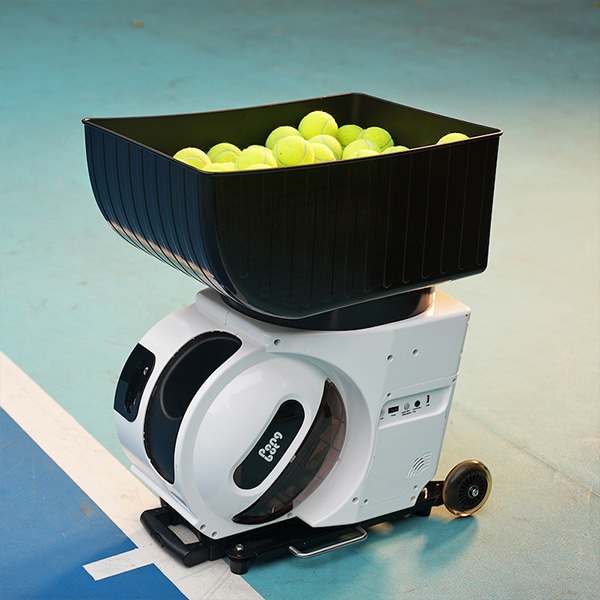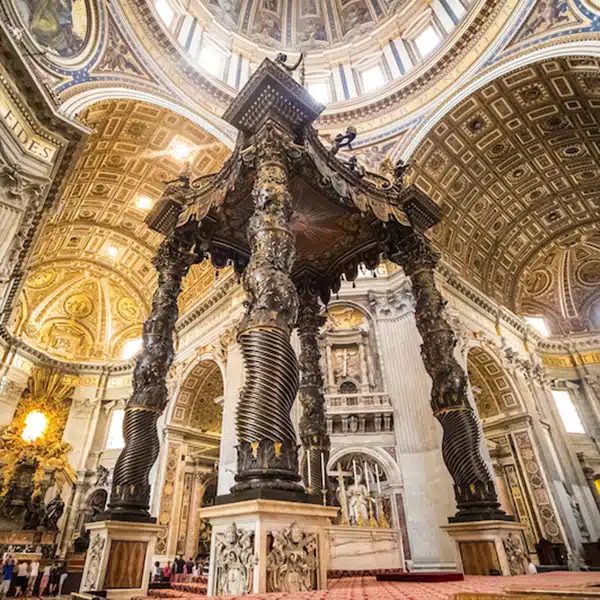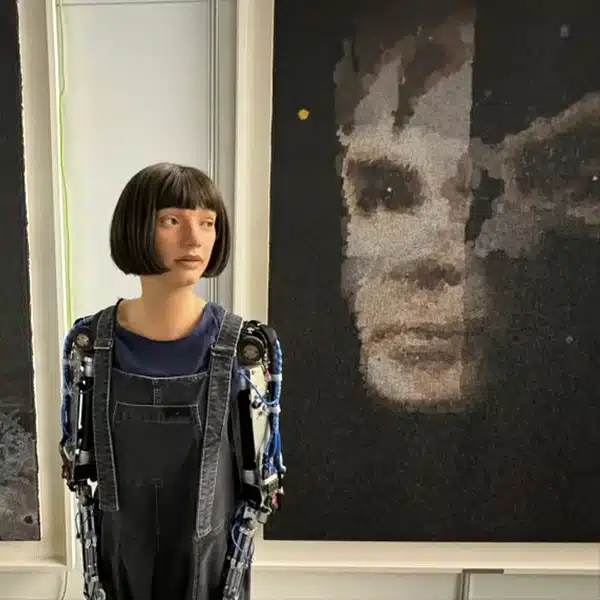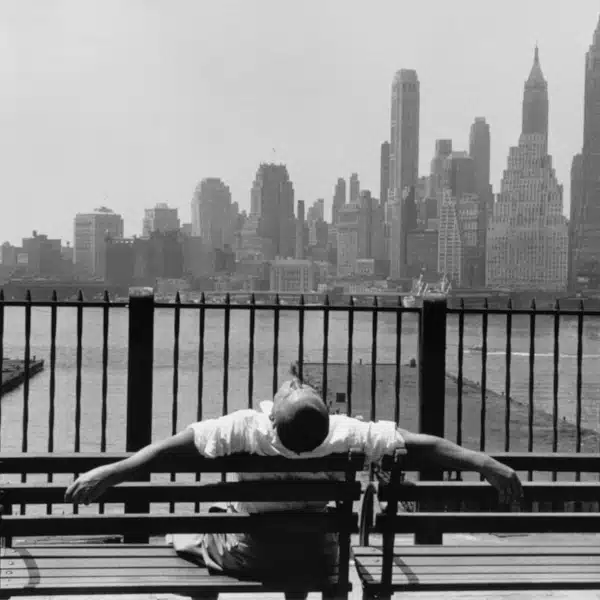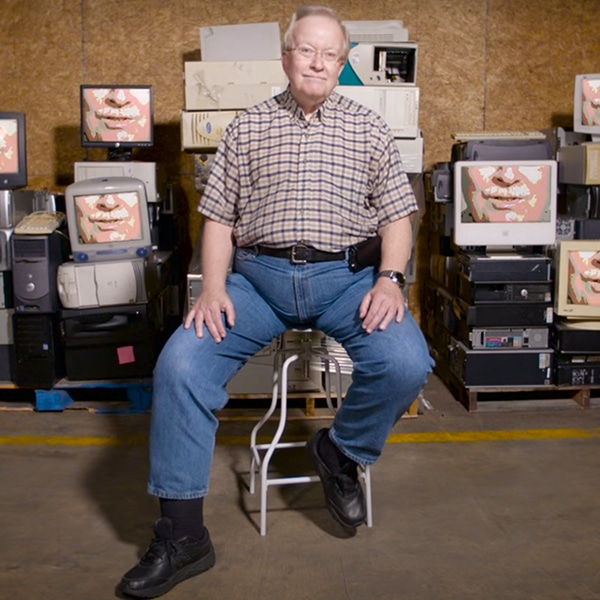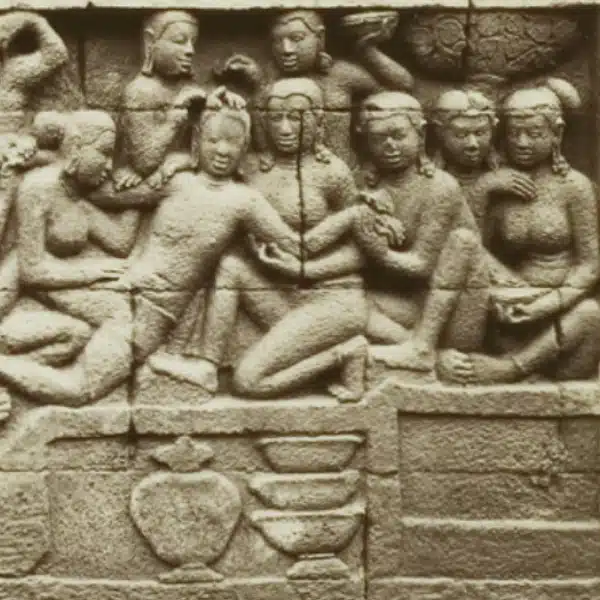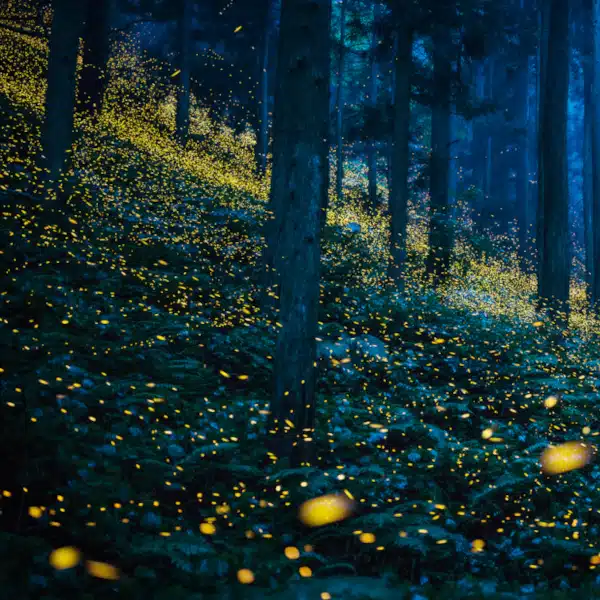View this post on Instagram
As more and more AI-generated images flood the internet, you might start thinking that it is easy to tell what is real and what isn't. For instance, too many fingers or the appearance of random limbs is one obvious giveaway. But the work of popular Instagram photographer Joe Avery drives home the point that the line between AI imagery and work created by actual photographers is becoming more and more blurred. Avery’s admired “portrait photography” has recently unraveled with the photographer’s own admission of his work being entirely AI-generated. His confession also brings up questions of when and how to disclose the use of AI in content creation.
Avery opened his portrait photography account on Instagram in October 2022. And in just a few short months, his stunning black-and-white photographs amassed a following of about 12,000 people. But what his followers, who wrote enthusiastic comments about how much his work inspired them, didn't realize is that Avery hadn't picked up a camera at all. All of his images were created using Midjourney and then retouched by him.
In early January, feeling “conflicted” about deceiving his followers, he came clean to the online publication Ars Tecnica via email. “[My Instagram account] has blown up to nearly 12K followers since October, more than I expected,” he wrote. “Because it is where I post AI-generated, human-finished portraits. Probably 95%+ of the followers don't realize. I'd like to come clean.”
Avery went on to clarify that while his original intent was to fool his followers and then write an article about it, he'd come to enjoy the process of creating these AI images and saw it as a creative outlet that he wanted to share openly. Though Avery's account now clearly states in the bio that the images are AI and that he is creating digital art, that was not always the case.
In fact, prior to his confession, Avery remained vague about the origins of the images and frequently replied to comments by followers praising his work. The account has now deleted all user comments, but PetaPixel published screen captures of these interactions.
View this post on Instagram
Under one image, a portrait photographer who followed the account wrote, “Thank you for the inspiration you provide day after day with your wonderful portraiture. I stop, take a long look, reflect, and most certainly learn from every post you share.” Avery simply replied, “Thanks very much for taking the time to share that. It means a lot.”
In another instance, someone outright asked Avery what equipment he used to shoot his photos and, instead of stating that they are AI-generated, he answered that he uses Nikon. However, Avery told Ars Tecnica that as his following grew, he started feeling guilty about the deception.
“It seems ‘right' to disclose [AI-generated art] many ways—more honest, perhaps,” Avery shared. “However, do people who wear makeup in photos disclose that? What about cosmetic surgery? Every commercial fashion photograph has a heavy dose of Photoshopping, including celebrity body replacement on the covers of magazines.”
Of course, techniques to hide certain things or create illusions have long been part of most art forms; but, as Ars Tecnica points out, “misrepresenting your craft is another thing entirely.” Now that he's come clean, Avery will find out how the public views his deception.
For his part, Avery does see his work as a form of creativity. In explaining his creative process, he stated that he generated nearly 14,000 images using Midjourney in order to arrive at the 160 posted to Instagram. He then combines the best parts of the generated images and retouches them in Lightroom and Photoshop to achieve a realistic look.
View this post on Instagram
“It takes an enormous amount of effort to take AI-generated elements and create something that looks like it was taken by a human photographer,” Avery shares. “The creative process is still very much in the hands of the artist or photographer, not the computer.”
These works of digital art certainly do look like real photos. Given what we've seen in terms of unedited AI imagery, a lot of hours were surely spent to make sure that certain aspects like the eyes and hands look real. Many of Avery’s images are also accompanied by a short fictional story about the person pictured. These words certainly enhance the imagery and were likely part of why his account gained popularity.
But now that he's confessed that these images are digital art and not his own photography, the question is what will the response be? Will people not care and will his following continue to grow? Or will people, particularly other photographers, turn their back on this form of deception? Currently, he has nearly 28,000 followers and continues to post frequently. While his Instagram biography refers to AI and digital art, he continues to use popular photography hashtags like #peoplephotography on his images, with no hashtags mentioning AI, Midjourney, or digital art.
Avery's case is an interesting one and could understandably instill fear in photographs who look at AI as yet another way they could lose work. If Avery's Instagram followers couldn't tell the difference, that means that advertisers and other paying clients probably also would not have. It's not difficult to see how we might not be too far away from digital art replacing photography in some scenarios.
Joe Avery amassed 12,000 Instagram followers on his account about portrait photography.
View this post on Instagram
View this post on Instagram
But now, he's confessed that he didn't take these photographs.
View this post on Instagram
View this post on Instagram
Instead, they are all AI-generated images that he retouched.
View this post on Instagram
View this post on Instagram
“I post AI-generated, human-finished portraits. Probably 95%+ of the followers don't realize. I'd like to come clean.”
View this post on Instagram
View this post on Instagram
Now that he's confessed, does this change your impression of his work?
View this post on Instagram
View this post on Instagram
Joe Avery: Instagram
h/t: [Ars Tecnica]
Related Articles:
This Website Uses AI Technology to Generate Faces That Aren’t Real
Architect Uses AI to Create Utopia Where Buildings Grow and Breathe
Man Fools Relatives Into Think He Has Girlfriend but She’s Actually AI
AI-Generated Art Reimagines the Iconic Japanese Kimono in Surprising Ways











































































